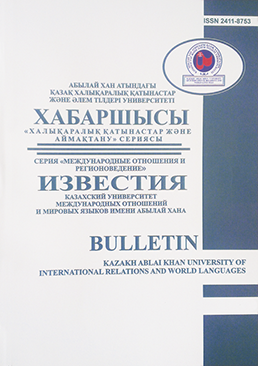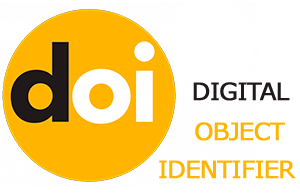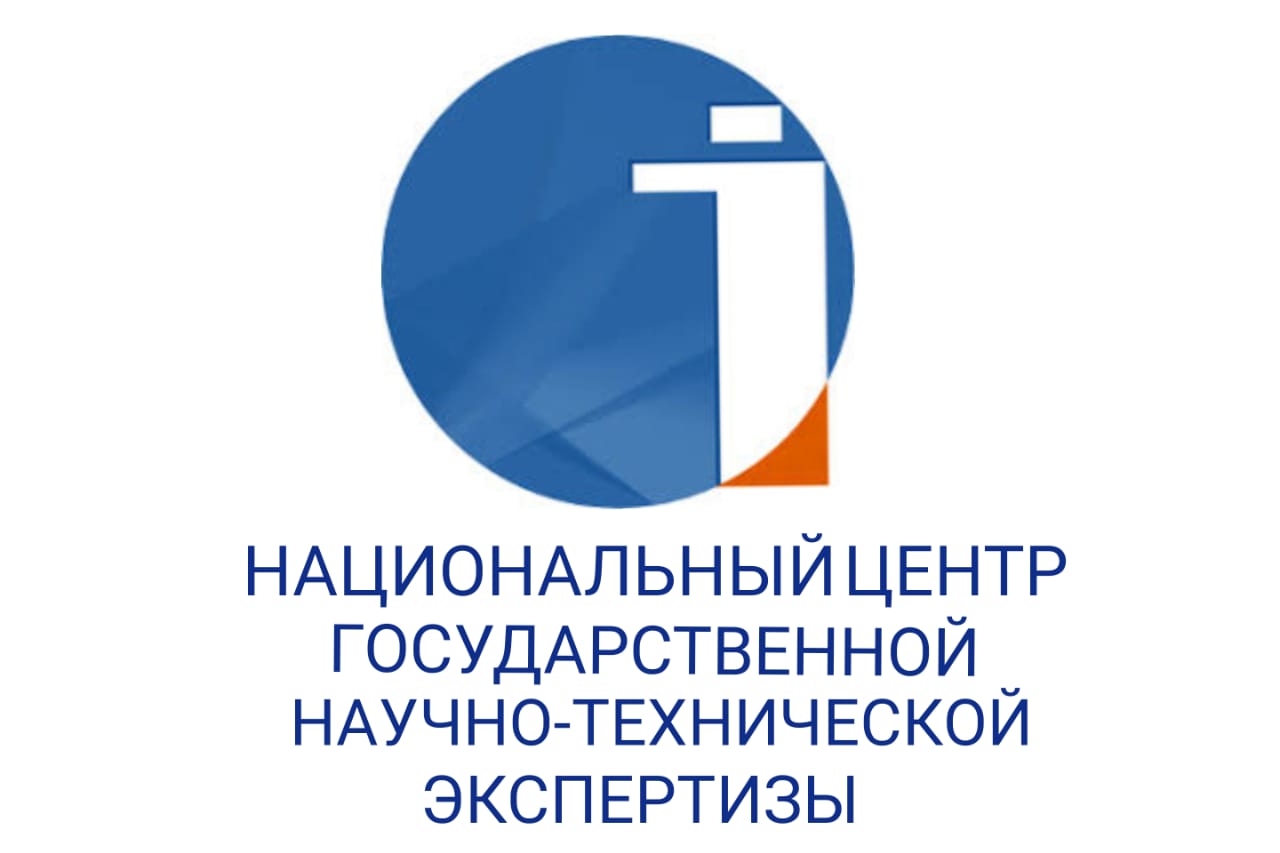Bulletin. Series: International Relations and Regional Studies
Publication ethics
Publication ethics of the journal Bulletin of Kazakh Ablai Khan University of International Relations and World Languages, International relations and regional studies Series
1. General Provisions
The journal Bulletin of Kazakh Ablai Khan University of International Relations and World Languages. International relations and regional studies Series adheres to high standards of scientific publication ethics aimed at ensuring the quality, reliability, and transparency of published materials. All participants in the publication process — editors, reviewers, and authors — are required to strictly observe these principles in order to maintain the journal’s reputation and the trust of the academic community.
In its activities, the journal follows and applies the principles developed by the Committee on Publication Ethics (COPE). Reference: https://publicationethics.org/core-practices.
2. Responsibilities of Authors
- Submit original research results that have not been previously published and are not under consideration elsewhere.
- Ensure proper citation and referencing, avoiding plagiarism and unethical borrowing.
- Clearly indicate the use of artificial intelligence tools or third-party assistance in the manuscript.
- Provide accurate information about co-authors and their contributions.
- Revise and correct the manuscript in accordance with the requests of the editorial board and reviewers.
- Avoid translating someone else’s work into another language and presenting it as original research.
3. Responsibilities of Reviewers
- Evaluate submitted manuscripts objectively, confidentially, and within the established timeframes.
- Avoid conflicts of interest and refrain from using unpublished materials for personal purposes.
- Inform the editorial office of any ethical concerns identified in the manuscript.
4. Responsibilities of the Editorial Board
- Ensure a fair, objective, and efficient peer review and publication process.
- Maintain the confidentiality of all submitted materials.
- Take appropriate measures in cases of ethical misconduct (plagiarism, data falsification, etc.), including requests for revision, rejection of a manuscript, or retraction after publication.
- Provide opportunities for dialogue and clarification between authors and reviewers.
- Ensure strict confidentiality of submission-related information, disclosing it only to authors and reviewers.
- Prevent the use of unpublished data or ideas from manuscripts for personal purposes by editorial staff or their transfer to third parties without the author’s written consent.
5. Plagiarism Screening
All manuscripts are screened for plagiarism using licensed software. If the similarity index exceeds acceptable limits, the manuscript is returned for revision or rejected.
6. Conflict of Interest
Authors and the editorial board are obliged to disclose any potential conflicts of interest that may affect the objectivity of publication.
7. Unethical Practices
Unethical behavior includes, but is not limited to:
- submitting self-reviews of one’s own articles;
- contractual or pseudo-reviewing;
- using third-party agencies for guaranteed publication;
- falsification of authorship;
- publishing pseudoscientific materials;
- submitting manuscripts to other journals without the authors’ knowledge or consent;
- transferring manuscripts to third parties;
- violation of copyright and confidentiality in editorial processes;
- manipulation of citations, plagiarism, falsification, and fabrication.
8. Responsibility
Authors bear full responsibility for the accuracy and scientific value of their work. The editorial board is not responsible for the content of publications but reserves the right to reject a manuscript in cases of ethical violations.
Guidelines for Retraction and Correction of Scientific Articles
I. General Provisions
Retraction and correction of scientific articles are measures applied to ensure the quality and reliability of scholarly publications in the journal. These procedures are intended to amend or remove materials containing significant errors, ethical violations, or other issues that diminish the scientific value of the publication.
II. Grounds for Retraction
An article may be retracted from the journal in the following cases:
- Detection of plagiarism, data fabrication, or other forms of academic misconduct.
- Major errors that significantly distort the results or conclusions of the article and cannot be corrected by editorial amendments.
- Duplicate publication — simultaneous or repeated publication of the same material in another journal without proper notification and permission.
- Violation of copyright or previously agreed publication conditions.
- Valid complaints confirming unethical author behavior or breaches of ethical standards.
III. Grounds for Corrections (Amendments)
Corrections may be applied when the following are identified:
- technical, grammatical, or typographical errors;
- inaccuracies in methodology, descriptions, or data that do not affect key findings;
- clarifications, additions, or updates of information agreed upon with the authors.
IV. Retraction Procedure
1. Initiation
- A complaint, report, or detection of potential violations is submitted to the editorial office.
2. Preliminary Review
- The editorial office conducts an internal investigation with the involvement of experts.
- Authors are informed of the situation and invited to participate in the review.
3. Decision-Making
- The editorial board decides on the retraction of the article or refusal of retraction based on collected evidence.
4. Retraction Notice
- An official retraction notice is published in the journal, indicating the reasons and date of retraction.
- The article is marked as retracted in both electronic and print versions, with the text retained for archival purposes (unless otherwise required by law).
5. Notification
- Authors and, if necessary, the academic community are informed of the retraction.
- Information is forwarded to relevant databases and publication indexes.
V. Correction Procedure
1. Submission of a Request
- A request for correction may be submitted by the authors or initiated by the editorial office upon discovery of errors.
2. Verification and Agreement
- The editorial office and authors agree on the correction text and the wording of the correction notice.
3. Publication of Correction
- A correction notice (corrigendum, editorial note, or addendum) is published in the journal and accompanies the original article.
- In electronic versions, the article is updated with the date and details of changes, while earlier versions are preserved in the archive.
4. Notification
- Authors and readers are informed of the corrections made.
VI. Special Cases
- In the event of legal claims or third-party requirements, the editorial office acts in accordance with current legislation and internal regulations.
- In case of doubt or disputes, the editorial office may involve independent experts and consultants.
VII. Conclusion
The procedures for retraction and correction of articles are designed to ensure academic integrity and the quality of the journal’s publications, as well as to protect the interests of authors, readers, and the scholarly community. All parties involved are required to cooperate within the framework of these rules and adhere to ethical standards.






